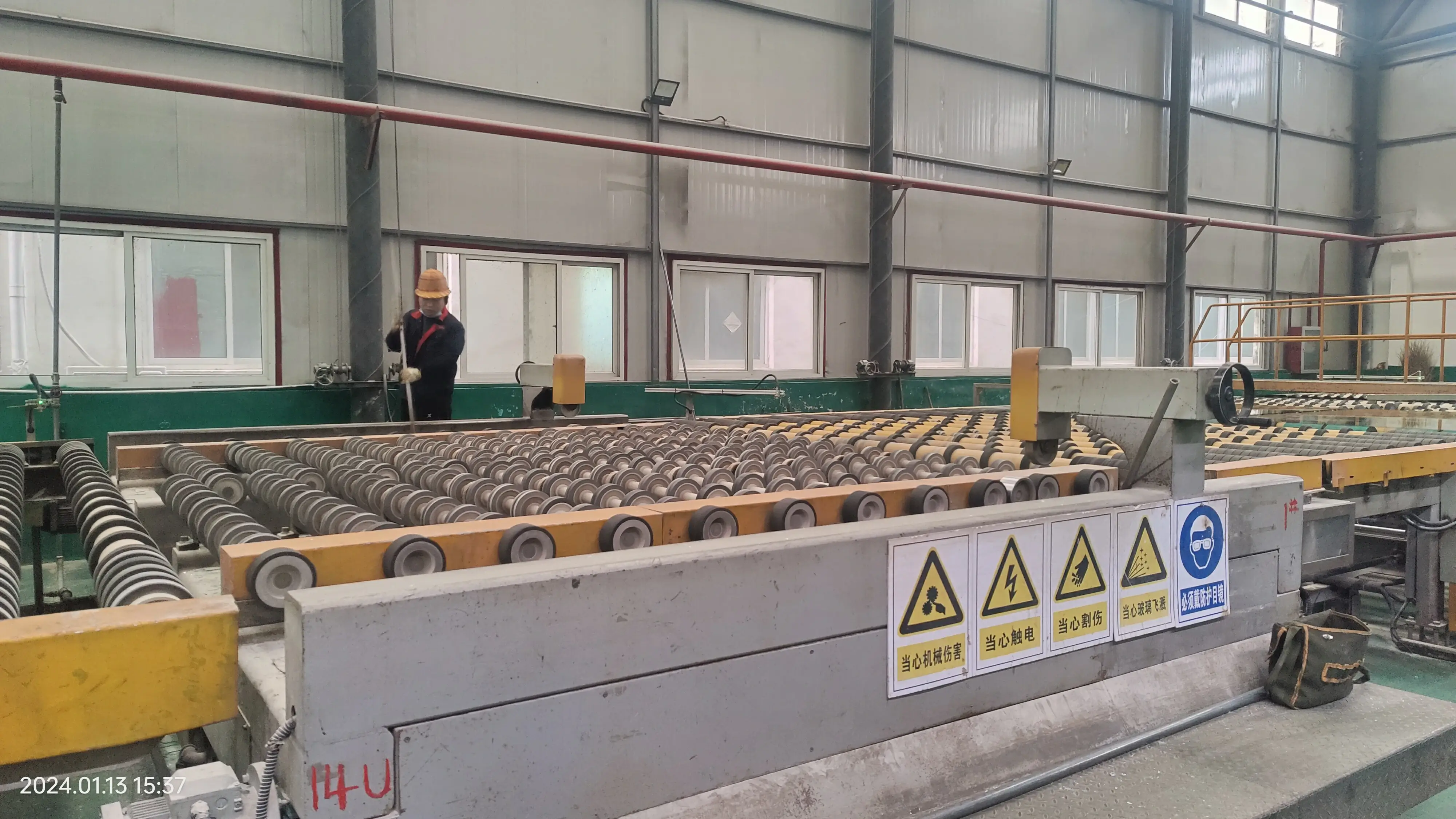

Understanding the Partially Silvered Mirror A Blend of Reflection and Transmission
The partially silvered mirror, often referred to as a beam splitter, occupies a fascinating place in optical technology. It serves as a crucial component in various applications, from lasers to optical sensors, yet remains an enigma to many. This unique mirror has the ability to reflect and transmit light simultaneously, making it indispensable in both scientific research and practical applications.
What is a Partially Silvered Mirror?
A partially silvered mirror is a thin glass or plastic substrate coated with a layer of metallic silver (or another reflective material). The key to its functionality lies in the thickness of the coating and its distribution. Unlike a standard mirror, which reflects nearly all incoming light, a partially silvered mirror is designed to transmit a fraction of the light while reflecting the rest. Typically, these mirrors are engineered to reflect around 50% of the light while allowing the other 50% to pass through, though varying ratios can be created to suit specific needs.
Principle of Operation
The operation of a partially silvered mirror hinges on the principles of interference and the wave nature of light. When light encounters the mirror, part of it reflects off the surface, while another part penetrates the coating and reflects off the glass substrate before emerging. This complex interaction leads to constructive and destructive interference, which determines how much light is reflected and transmitted. The specific ratio of reflection to transmission can be finely tuned by altering the coating thickness or by using different materials, allowing for tailored optical performance in diverse settings.
Applications Across Fields

Partially silvered mirrors find utility in a wide range of applications. In the field of laser technology, they are commonly used in laser cavities, where they help maintain the required balance of light within the system while enabling output. This characteristic allows for the powerful, coherent light beams that lasers are known for. Moreover, they are essential in interferometry—a technique used to measure very small distances or changes—where splits in light paths provide critical data about surface features or changes in material properties.
In the realm of imaging and photography, partially silvered mirrors play a vital role in devices like viewfinders, enabling photographers to both see through the lens and simultaneously view the subject. This technology enhances user experience, ensuring accuracy in framing shots while allowing for real-time adjustments.
Scientific Research
Researchers also leverage the unique properties of partially silvered mirrors in various experimental settings. For instance, in quantum optics, these mirrors are crucial for experiments involving quantum entanglement and superposition, where the behavior of light particles can lead to our understanding of fundamental principles of quantum mechanics. Their ability to manipulate light with precision makes them invaluable for advancing scientific knowledge.
Conclusion
In essence, the partially silvered mirror stands as a testament to the wonders of optical physics. By allowing simultaneous reflection and transmission of light, it acts as a bridge between different domains of science and technology. As advancements in material science continue, we can expect to see even more innovative applications arise, further enhancing our capabilities in engineering, communication, and beyond.
Whether you're looking through the viewfinder of a camera or exploring the nuances of quantum mechanics, the partially silvered mirror plays a quietly transformative role. It embodies the intersection of art and science, enabling both creativity and inquiry. As we continue to explore the potential of such optical devices, we unlock new pathways to discover and innovate, proving that sometimes, the simplest concepts hold the most profound implications.